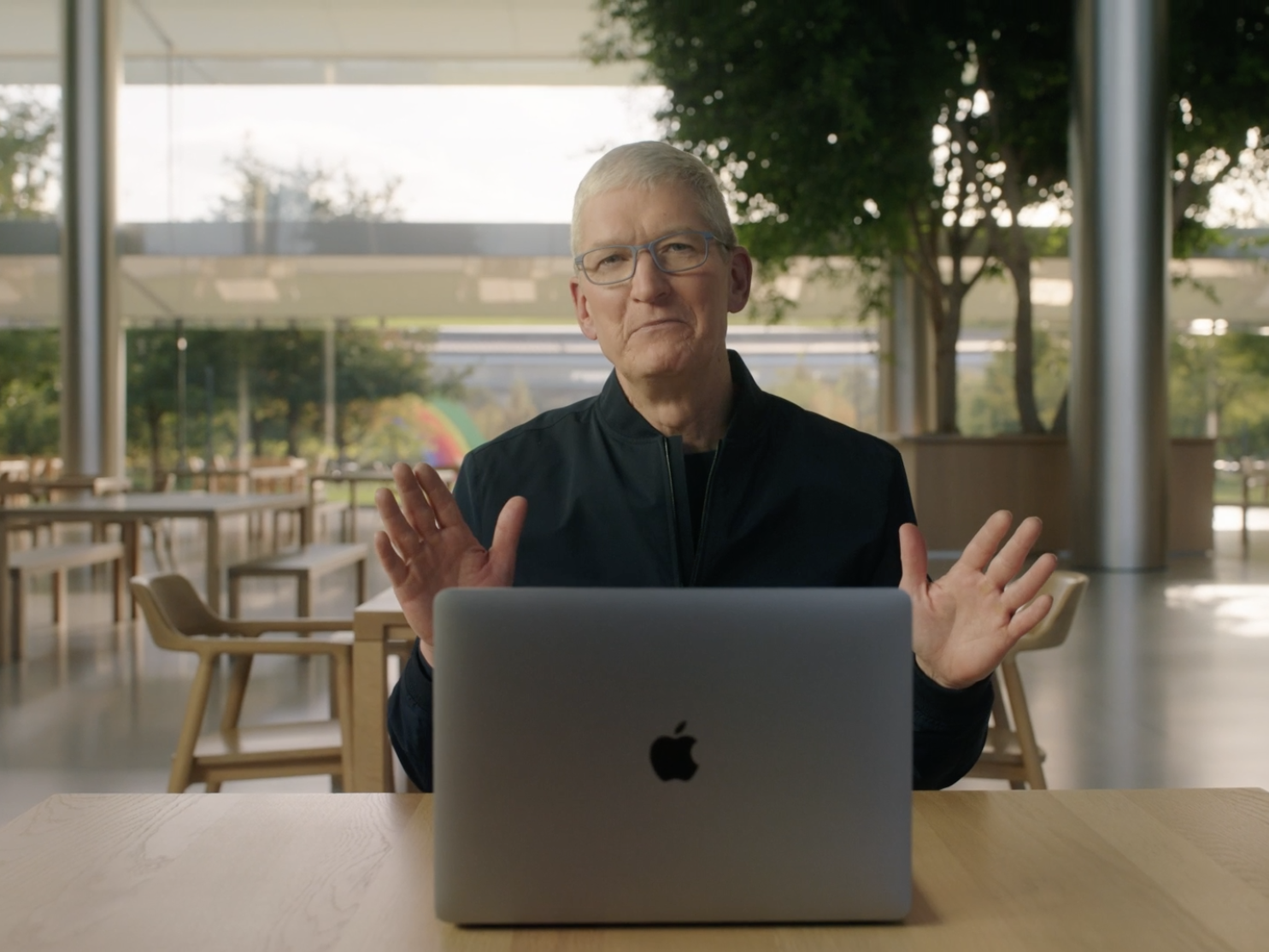
Apple
- Apple’s latest operating system, macOS 11 Big Sur, brought back the signature startup chime that signals to a user that the computer is booting up.
- Tech columnist Jason Aten argues that while this change is simple if not unnecessary for some, it’s actually more important than just a fun addition.
- The chime is part of Apple’s identity, he says, and creating that consistency among Apple products fosters affection and loyalty for the brand from customers.
- Visit Business Insider’s homepage for more stories.
Apple’s latest operating system, macOS 11 Big Sur, looks very different from what it replaced. We can debate later whether that’s a good thing, but Apple certainly didn’t hold back in bringing many of the design elements of iOS to the desktop computer.
In my opinion, there’s plenty to like, and even more that will take some getting used to. It’s also pretty standard with a major software update that includes a redesign this dramatic.
One thing, however, should be familiar to long-time Mac users: Apple brought back the startup chime.
This isn’t new information — we’ve known this for a while. In fact, even before Apple even hinted at it during its developer conference this past summer, you could run a terminal command to bring it back. Once developers and others started installing the beta version of macOS 11, however, the iconic tone was officially back.
That’s actually a bigger deal than it might seem.
The startup chime had been around since the original Macintosh, though at the time it was more of a beep. Over the years, the chime changed several times, but the purpose was the same: to tell a user that the computer’s hardware had passed diagnostic tests and was working properly. When you heard it, you knew your Mac was going to boot up.
In 2016, the startup chime went away. At the time, Apple didn't say anything about why it was removing the sound you hear when you start up a Mac. Most likely, removing the startup chime was a signal that the Mac is like the iPhone or iPad in that they're essentially always on.
In fact, with the MacBook Pro in 2016, you could literally "turn on" your laptop by lifting the lid. Technically, it still has to "boot up" when you power it on, but you no longer had to press a button to make that happen.
As a result, it was entirely possible to sit down in the library or at a meeting, lift the lid of your laptop, and suddenly be greeted by the f-sharp chord that let you know you'd just turned on a Mac. I suppose in some cases you might not be entirely prepared for that, and in other cases it might even be distracting or embarrassing. The argument very easily could have been, if it's no longer necessary and it might be a problem for some people, let's just get rid of it.
Except the thing about the startup chime is that it's a part of the identity of a Mac. That's important, and it's also easy to overlook when you think of it purely from a functional standpoint. If you think the startup chime serves one specific purpose, when that purpose no longer exists, you have no need for the chime.
Over time, however, the startup chime took on an entirely different purpose.
It became a part of the experience of using a Mac.
It was as integral as the icons or the logo or the shape of the device. It was familiar. In fact, even when you purchased a new Mac, even one that might look quite different from the one it replaced, your very first experience was the same when you turned it on.
There is something valuable about the peace of mind that comes with familiarity. It makes something new less uncertain.
In a November 15 interview on the "Mac Power Users" podcast, Kurt Knight, Apple's senior director of platform product marketing, talked about the decision around the change:
"I don't think it's change for change's sake," he said. "This really is that honoring the Mac. Things like bringing back the boot chime. But we didn't just bring back the boot chime, we remastered everything. Everything's higher quality than it was before. We kept that sort of attention to detail, so there's also consistency across platforms because [the] vast majority of Mac users also have an iPhone, an iPad, so having consistency of things like app icons is super valuable."
I think it's worth mentioning that by "honoring the Mac," really, Apple was honoring the people who love using the Mac and care about its history. Bringing back the boot chime isn't functional. There's literally no technical reason it needs to be there, and it only serves one purpose — to delight the user.
Not many companies think about that sort of thing. The Mac has always had a different type of following, and Apple has long done a better job than most companies of creating affection for the brand. In this case, it literally costs nothing to add the boot chime, but the return on that investment is huge in terms of brand affection. Which is exactly why it's a big deal.

